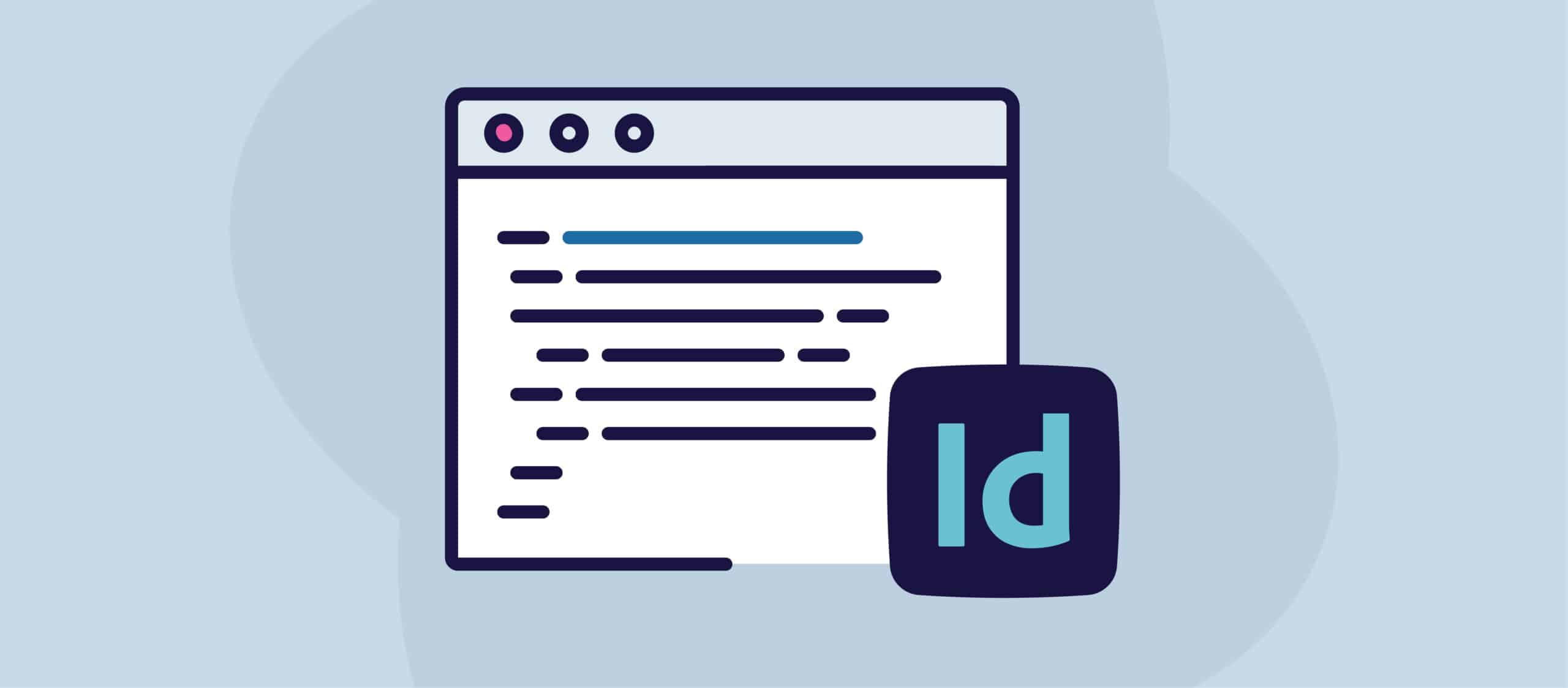Einführung
Accessibility laws play a significant role in shaping how digital content and design are created, ensuring that people of all abilities can access and interact with online information and services. These laws go beyond legal compliance—they encourage a more inclusive digital landscape, promoting equality and usability for individuals with disabilities. This article explores the reach of accessibility laws, their impact on digital content and design practices, and how they are key to creating an inclusive online experience for all users.
Overview of Key Accessibility Laws
Gesetz für Amerikaner mit Behinderungen (ADA):
Die Amerikanisches Gesetz für Menschen mit Behinderungen (ADA), originally signed into law in 1990, prohibits discrimination against individuals with disabilities in all public areas. Over time, the scope of ADA compliance has extended to digital spaces, including websites, mobile applications, and digital services, ensuring equal access to information and online services for users with disabilities. ADA digital compliance involves making websites accessible to individuals who rely on assistive technologies, such as Bildschirmleser and keyboard navigation, establishing fundamental expectations for digital accessibility in the United States.
Richtlinien für die Zugänglichkeit von Webinhalten (WCAG):
The Web Content Accessibility Guidelines (WCAG), developed by the World Wide Web Konsortium (W3C), are widely recognized as the global standard for Barrierefreiheit im Internet. These guidelines provide a comprehensive framework for making web content more accessible, structured around the principles of making content perceivable, operable, understandable, and robust (the POUR principles). WCAG-Normen are referenced by accessibility laws around the world, offering a practical benchmark for organizations aiming to make digital experiences accessible and inclusive for all users.
European Accessibility Act (EAA):
Die Europäisches Gesetz über Zugänglichkeit (EAA) was introduced to standardize accessibility requirements across the European Union, aiming to ensure accessible digital services and products. Scheduled to take full effect by 2025, the EAA mandates accessibility compliance for websites, mobile apps, e-readers, and other digital platforms across EU member states. By establishing uniform accessibility standards across Europe, the EAA is set to drive widespread change in digital content and design practices, providing equal access to information and digital services for EU citizens with disabilities.
Accessibility for Ontarians with Disabilities Act (AODA):
Die Gesetz über die Zugänglichkeit für Menschen mit Behinderungen in Ontario (AODA) is Canada’s accessibility regulation requiring public and private sector organizations in Ontario to meet digital accessibility standards. Organizations are expected to make their digital content and design accessible by following WCAG standards, with compliance deadlines gradually applied based on organization size. By encouraging accessible practices, the AODA supports a more inclusive digital environment across Ontario and sets a precedent for other regions within Canada to adopt similar standards.
The Impact of Accessibility Laws on Digital Content
Accessibility laws significantly influence digital content by shaping how information is structured, displayed, and interacted with online.
Content Structure and Readability:
Accessibility laws emphasize the importance of clear and well-structured content, ensuring that information is readable and easy to navigate for users who rely on screen readers. By implementing clear headings, consistent page structure, and simple language, content becomes more accessible and understandable. For example, headings in HTML allow screen readers to interpret content organization, enabling users to quickly locate the sections they want to explore. Structured, readable content benefits users of all abilities, promoting a more intuitive and inclusive digital experience.
Multimedia Accessibility:
Laws like the ADA and AODA mandate accessibility for multimedia elements such as videos, audio content, and images. These laws require that videos have captions or subtitles for individuals who are deaf or hard of hearing and transcripts for audio content. Additionally, alternative (alt) text descriptions for images provide visually impaired users with information about the visual elements on a page, ensuring they do not miss critical content. Multimedia accessibility is essential for an inclusive online experience, allowing all users to engage fully with digital content.
Interactive Elements:
Accessibility laws require interactive elements like forms, buttons, and dropdown menus to be accessible to all users. For instance, websites must be operable without a mouse, allowing users to navigate solely with a keyboard. Interactive elements must include clear instructions and visible labels to ensure that users relying on assistive technologies can access and operate them effectively. This attention to interactivity ensures that digital platforms remain usable for individuals with motor impairments, cognitive disabilities, and other accessibility needs.
Influence of Accessibility Laws on Design Practices
Accessibility laws shape digital design, promoting inclusive practices that enhance usability and engagement across diverse user groups.
Color Contrast and Visual Design:
To comply with accessibility standards, designers must consider Farbkontrast carefully, ensuring that text and visual elements are distinguishable for users with visual impairments, including color blindness. For example, WCAG specifies minimum contrast ratios between foreground and background colors, helping ensure text readability. This requirement impacts color choices, leading to more thoughtful, user-centered design that accommodates individuals with visual limitations, ultimately benefiting all users by enhancing content clarity.
Keyboard Accessibility and Navigation:
Accessibility laws stress the importance of designing websites and applications that are navigable via keyboard alone. This is essential for users who cannot operate a mouse due to physical disabilities. Keyboard-friendly navigation involves enabling users to access all interactive elements, such as links and buttons, using keyboard shortcuts and ensuring logical tab order. Compliance with these standards makes digital spaces more inclusive, supporting users with a range of accessibility needs and creating a smoother, more accessible browsing experience for everyone.
Responsive and Adaptive Design:
In today’s multi-device world, accessibility laws encourage the adoption of responsive and adaptive design practices. These approaches ensure that content remains accessible and navigable on various screen sizes and device types, from smartphones to desktops. Accessibility laws reinforce the importance of creating adaptable designs that automatically adjust to different devices and assistive technologies, offering users a seamless experience regardless of their preferred device or individual needs.
The Benefits of Compliance Beyond Legal Requirements
Complying with accessibility laws delivers numerous advantages that extend beyond mere legal fulfillment. Accessible design improves overall user experience by making content more user-friendly and engaging for all visitors, including those without disabilities. This inclusivity can increase audience reach and build positive brand reputation, as accessible websites tend to attract diverse users. Additionally, search engines favor accessible content, enhancing SEO performance and increasing organic search visibility. For businesses, accessibility compliance can mean a broader customer base, enhanced reputation, and a competitive edge, underscoring the significance of inclusive digital practices.
Schlussfolgerung
Accessibility laws serve as powerful catalysts for positive change in digital content and design, driving improvements that benefit users of all abilities. By adhering to these regulations, organizations contribute to a more inclusive digital landscape, fostering a better online experience for everyone. Embracing accessibility is not just about legal compliance; it’s about championing inclusivity and ensuring that digital spaces are welcoming and usable for all.




